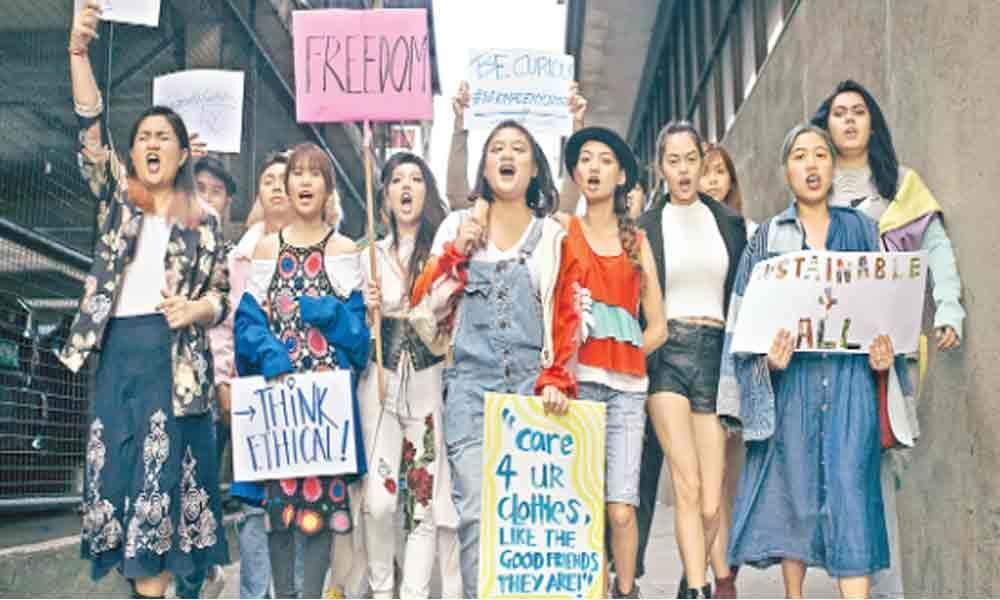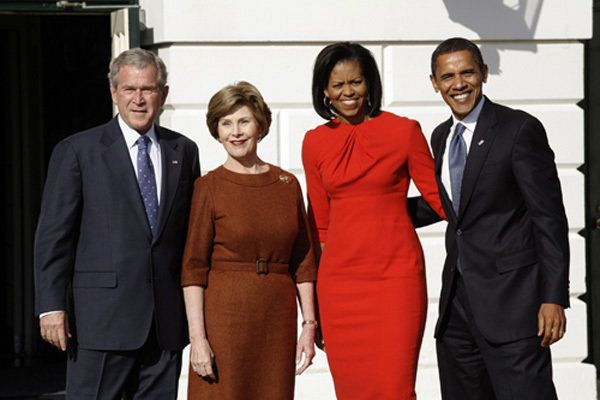Fashion’s Role in Social Movements: The Power of Dress as Activism

Fashion and social movements have always had a close relationship. Clothing has been used to express political and social beliefs for centuries. From suffragettes wearing white dresses to signify purity in the fight for women’s right to vote, to the Black Panther Party’s signature black berets and leather jackets as a symbol of resistance and solidarity, fashion has been a powerful tool for activism.
In recent years, fashion has played an even more significant role in social movements. With the rise of social media and the increasing focus on visual communication, clothing has become an even more powerful way to express political opinions and ideas.
The Intersection of Fashion and Social Movements
One of the most significant ways fashion has intersected with social movements is through the rise of ethical and sustainable fashion. In recent years, consumers have become more aware of the negative impact of fast fashion on the environment and labor practices. As a result, there has been a growing movement towards sustainable and ethical fashion.
This movement has been driven by a desire to create a more just and equitable fashion industry. The use of sustainable and ethical materials, fair labor practices, and transparency in the supply chain can all be seen as political statements against the exploitative practices of fast fashion.
The Power of Dress as Activism

Dress can also be a powerful tool for activism on an individual level. From wearing a safety pin to show support for marginalized communities to the pink pussy hats worn during the Women’s March, clothing can be used to make a statement and show solidarity with a cause.
One of the most iconic examples of dress as activism was the red ribbon worn during the AIDS crisis in the 1980s. The red ribbon became a symbol of support for those living with HIV/AIDS and a call to action to find a cure. The ribbon was worn by celebrities, politicians, and activists, and it helped to raise awareness and reduce stigma around the disease.
The Future of Fashion and Activism

As we continue to grapple with issues of social justice and inequality, fashion will undoubtedly continue to play a significant role in social movements. From the use of sustainable and ethical materials to the power of dress as activism, fashion has the potential to make a real impact.
However, it is essential to be aware of the limitations of fashion as a tool for activism. Clothing alone cannot create systemic change, and it is crucial to recognize that real change requires sustained effort and action.
Fashion has always had the power to express political and social beliefs. In recent years, fashion has become an even more significant tool for activism, from the rise of ethical and sustainable fashion to the power of dress as an individual statement of support and solidarity. As we continue to grapple with social justice issues, fashion will undoubtedly continue to play a significant role in social movements. However, it is essential to recognize the limitations of fashion as a tool for activism and to continue to work towards sustained systemic change.






